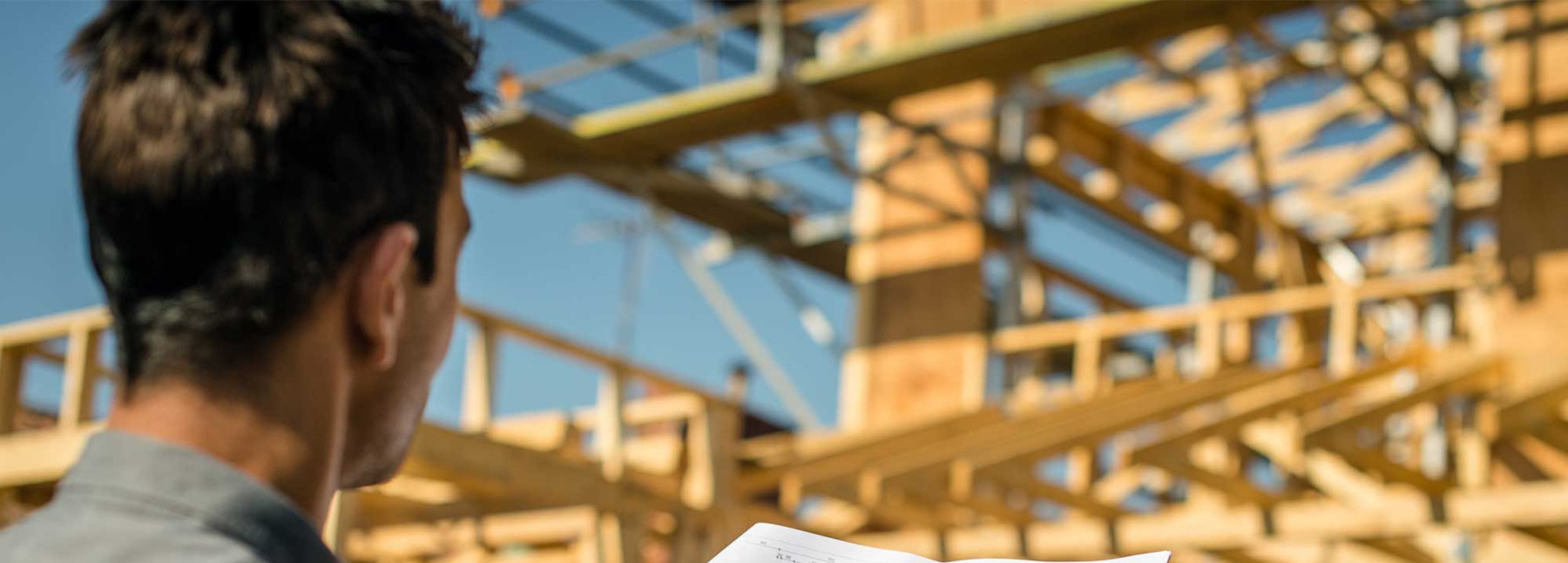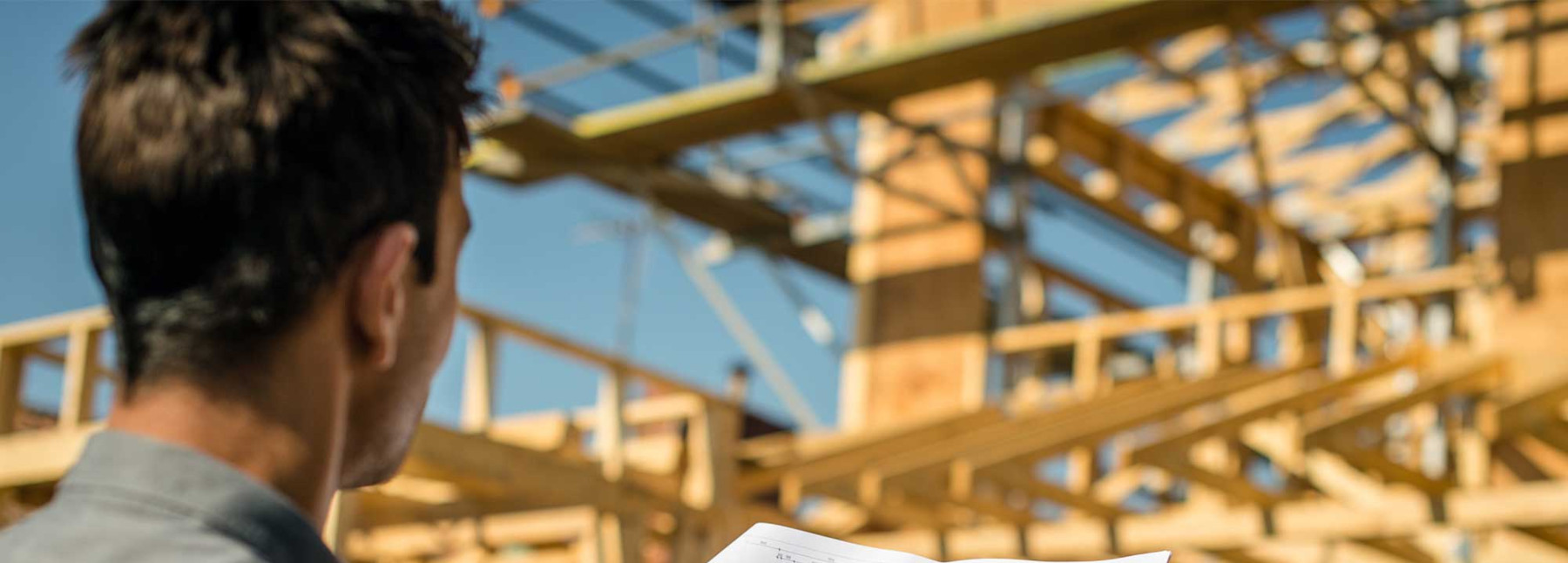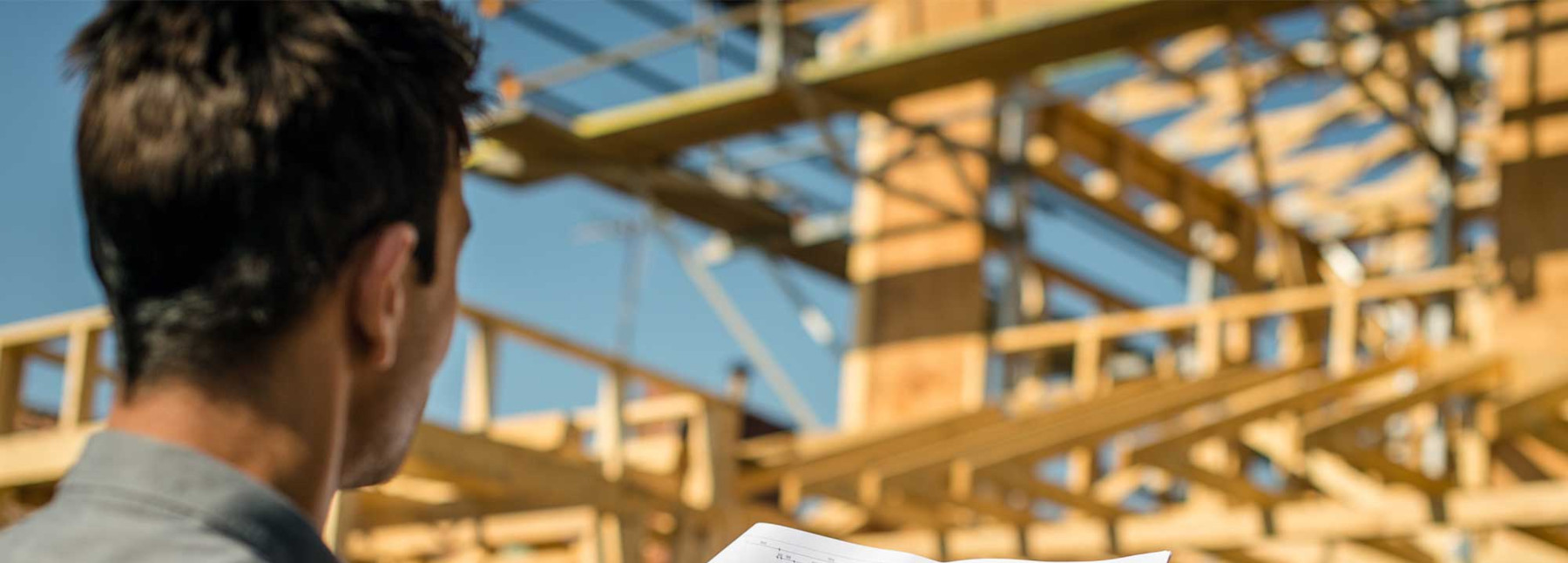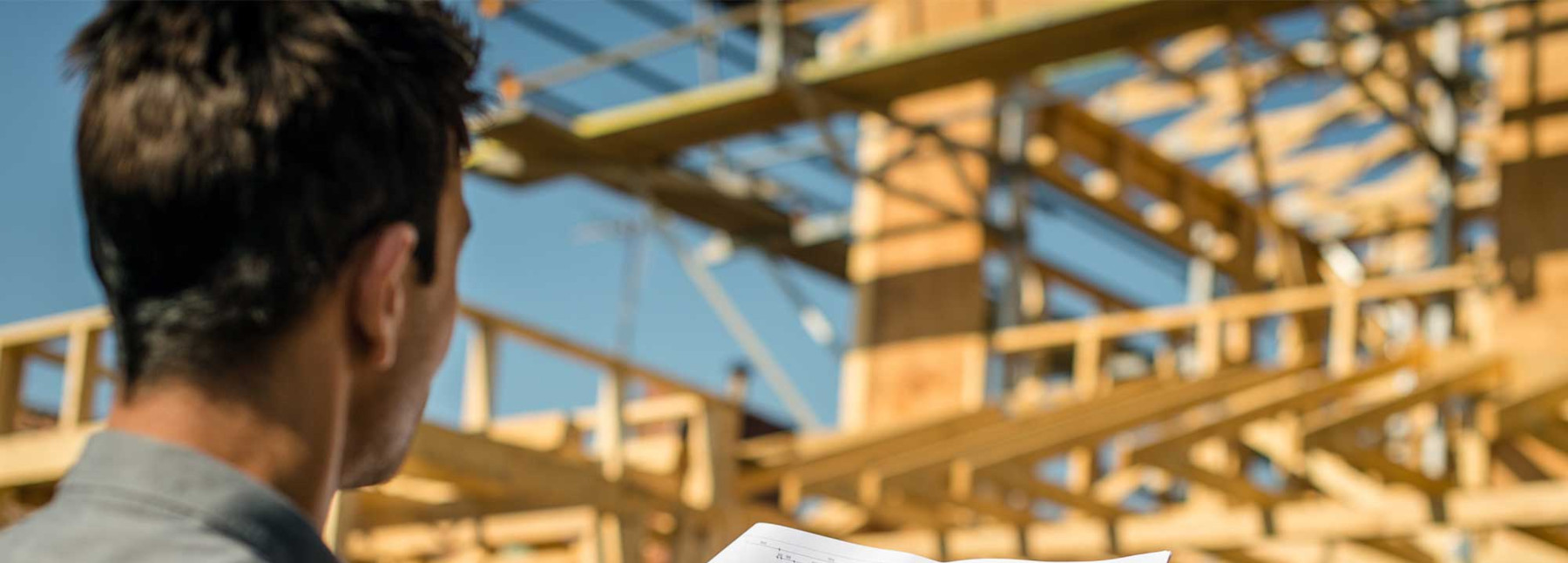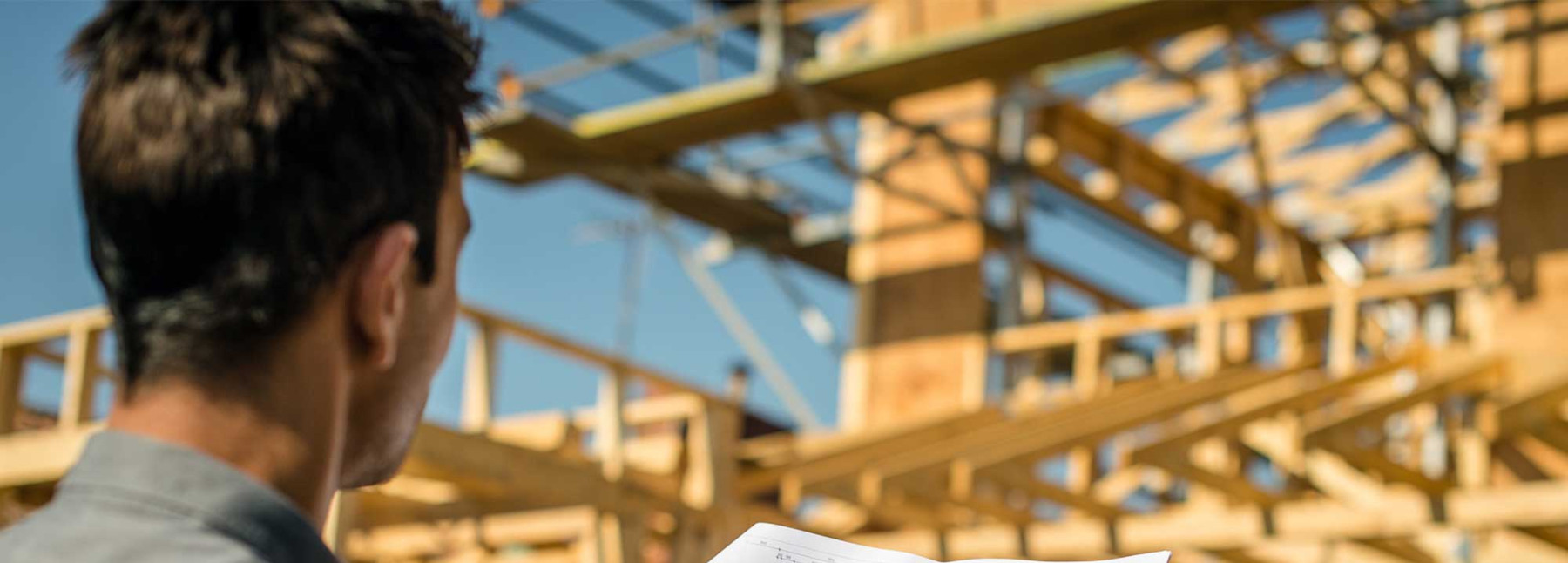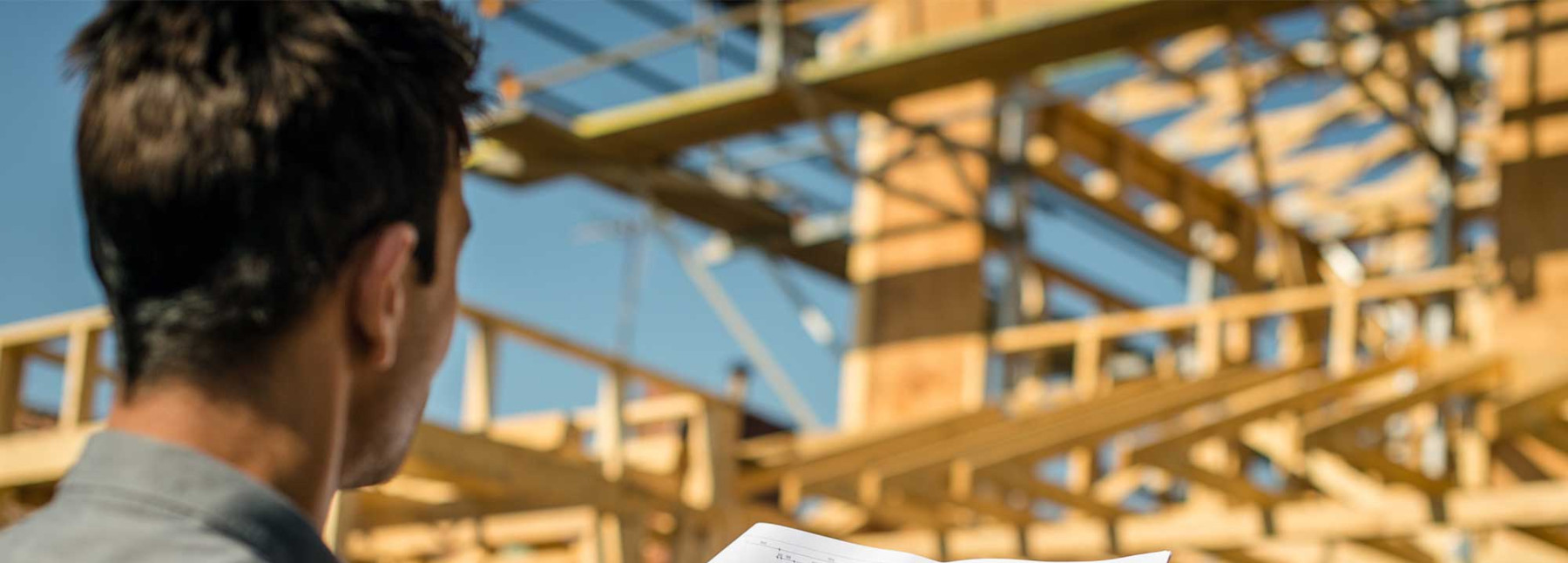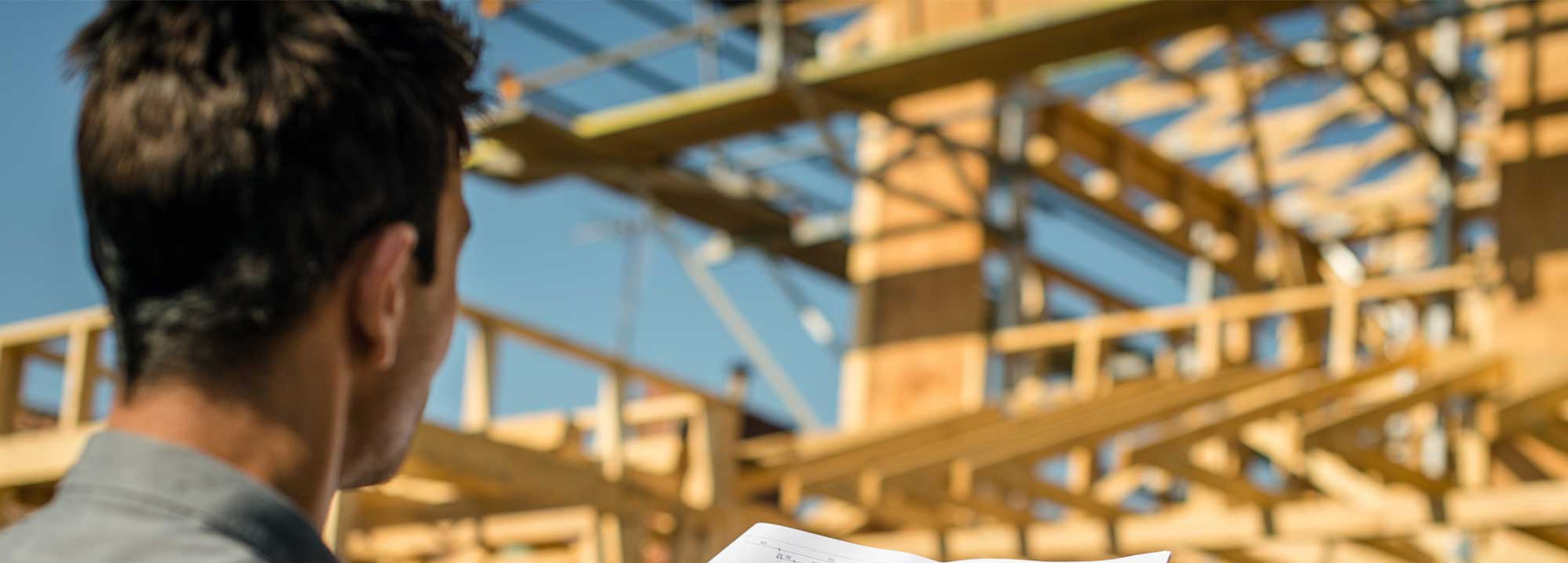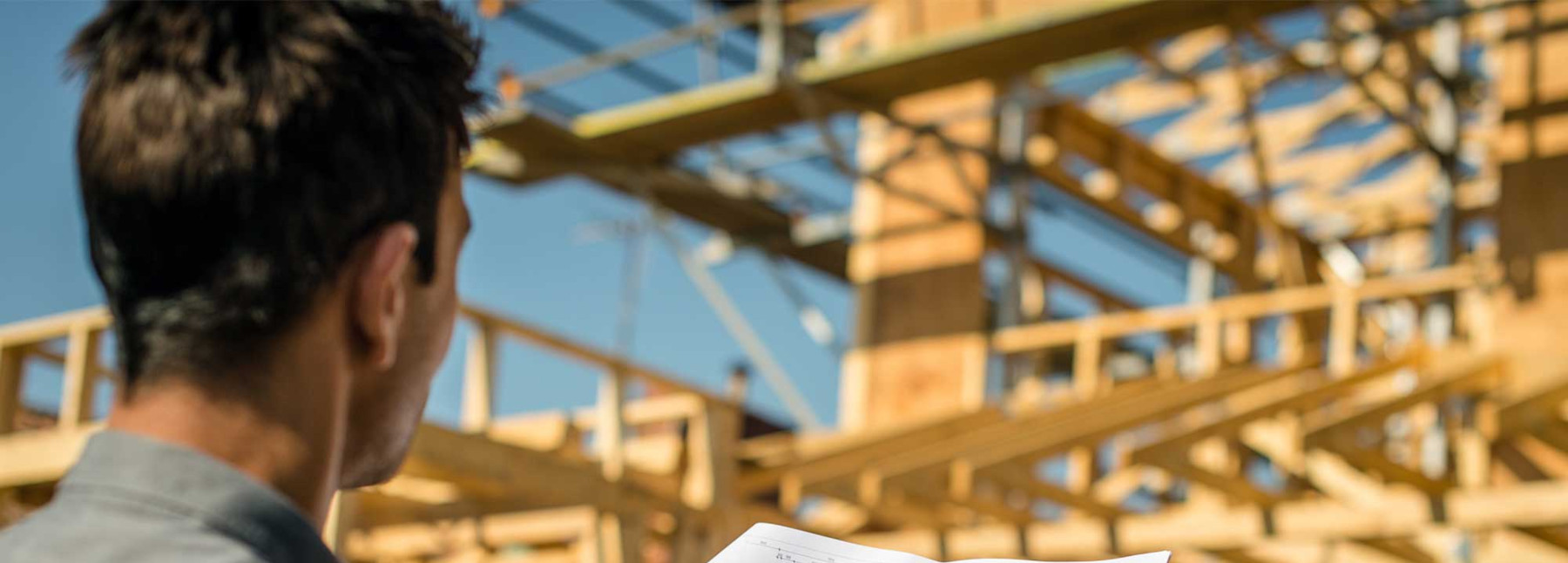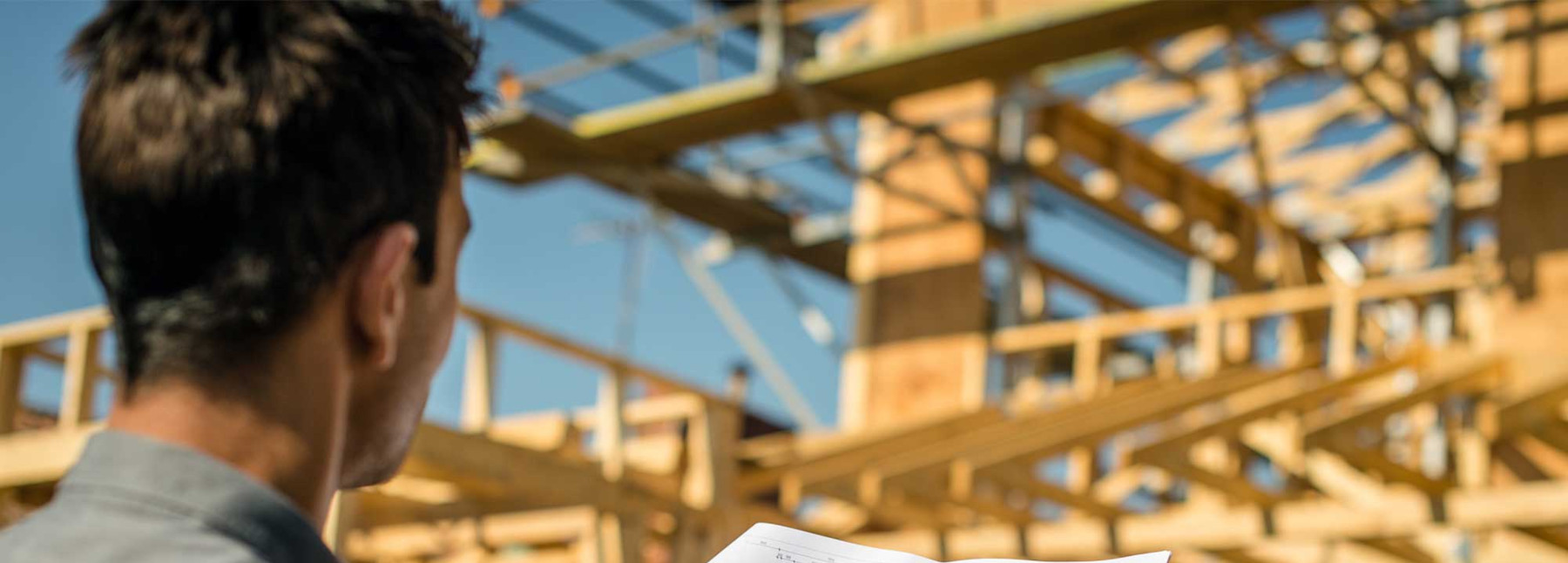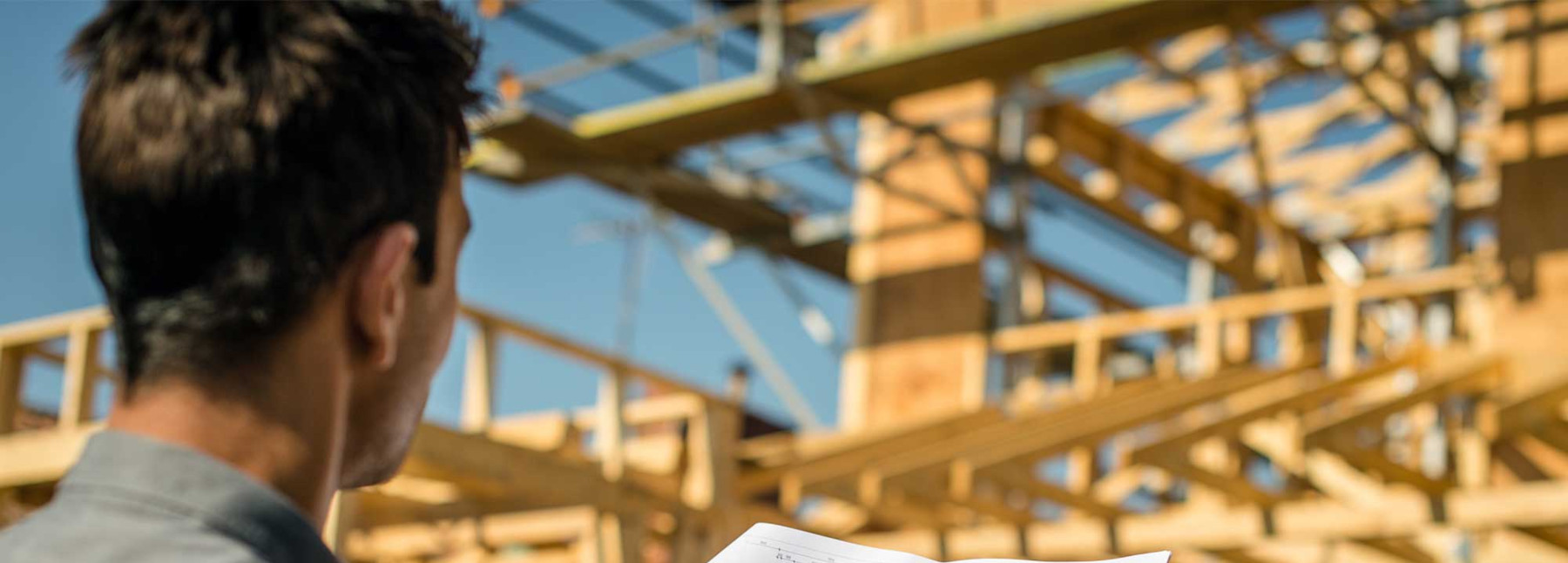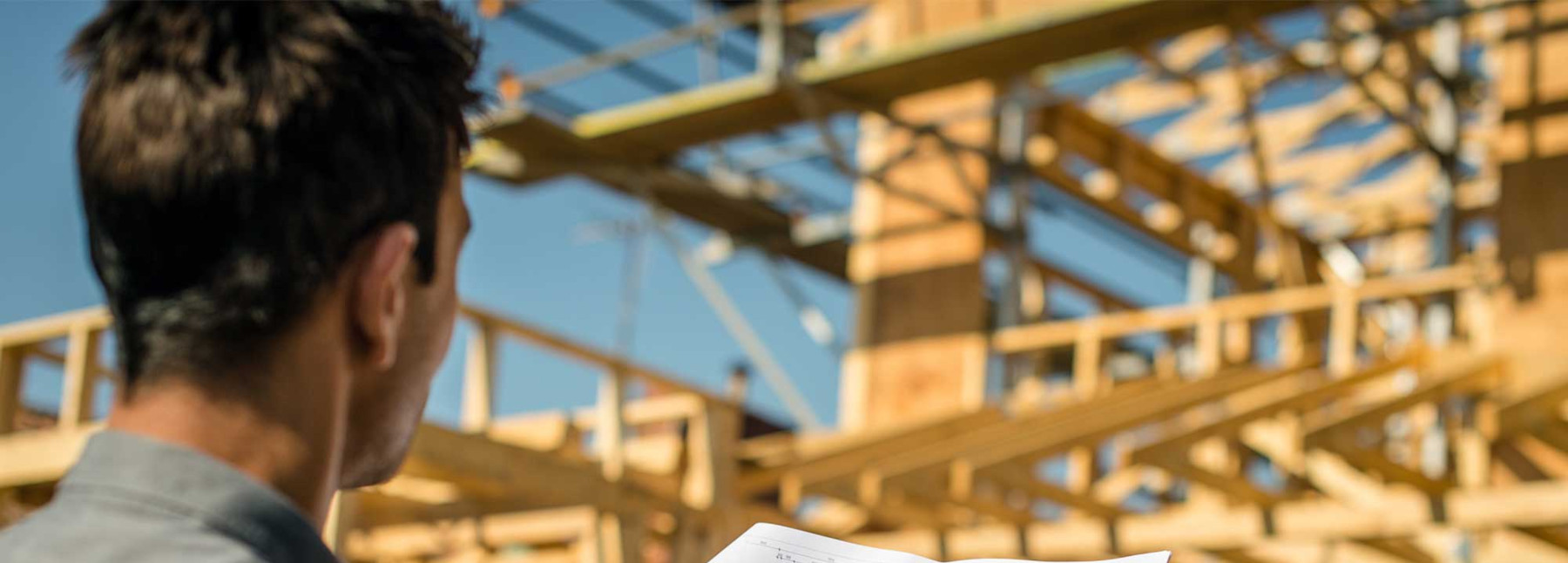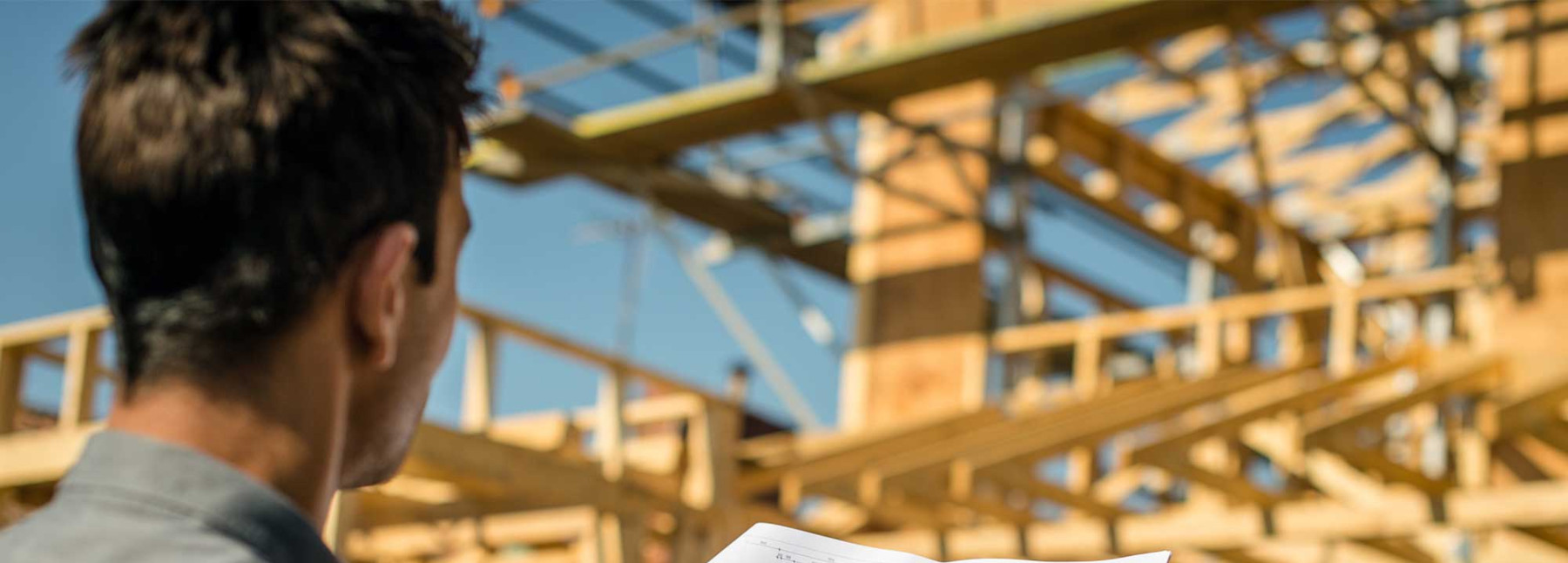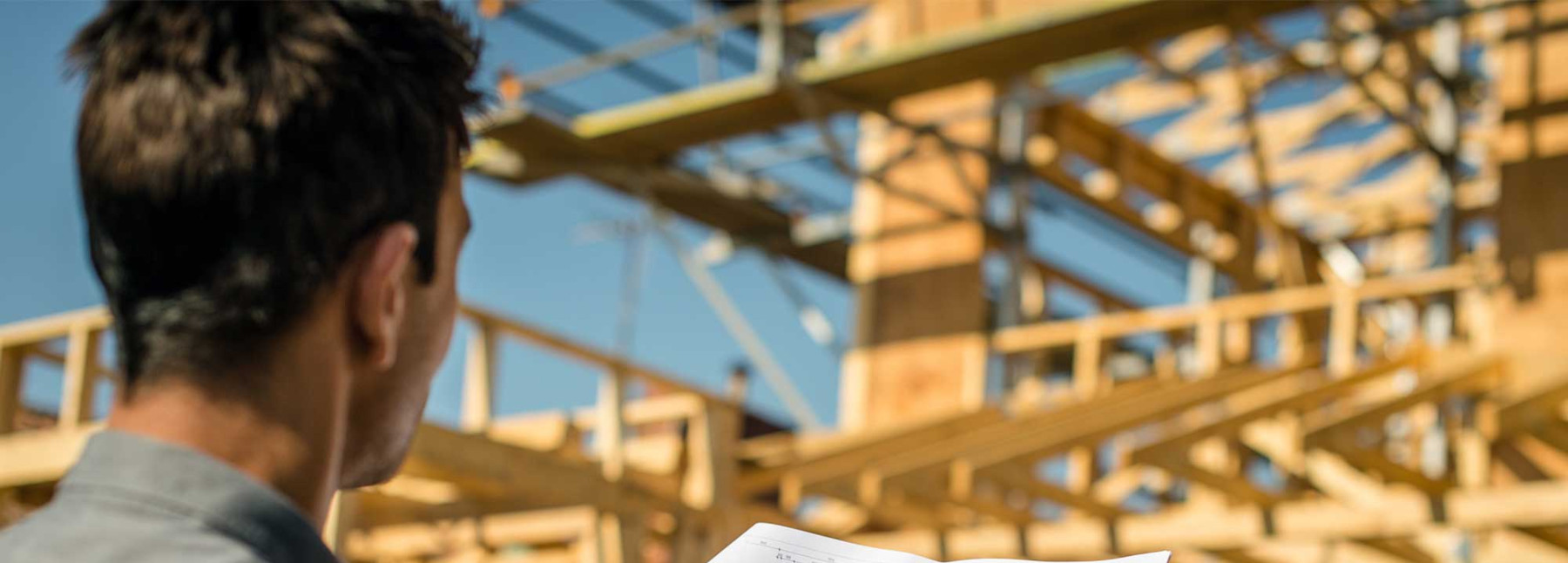Property development is one of the UK's most dynamic yet high-risk industries. From residential housing estates to commercial complexes, property developers rely heavily on specialized plant and equipment to bring their visions to life. However, with this reliance comes significant exposure to financial losses from equipment damage, theft, breakdown, and liability claims. Property Developer Plant & Equipment Insurance provides crucial protection that can make the difference between project success and financial disaster.
Understanding Property Developer Plant & Equipment Insurance
Property Developer Plant & Equipment Insurance is a specialized form of coverage designed specifically for property development companies that own, lease, or hire construction machinery and equipment. This insurance goes beyond standard business insurance to address the unique risks associated with valuable construction assets operating in challenging environments.
The coverage typically encompasses a wide range of equipment including excavators, cranes, bulldozers, concrete mixers, generators, scaffolding systems, temporary structures, site cabins, and specialized tools. For property developers, this insurance is essential because construction equipment represents a significant capital investment that directly impacts project timelines and profitability.
Key Coverage Areas
Physical Damage Protection
The foundation of plant and equipment insurance covers physical damage from various perils including fire, theft, vandalism, collision, overturning, and malicious damage. For property developers, this protection is vital as equipment damage can halt construction progress, leading to costly delays and potential contract penalties.
Breakdown Coverage
Mechanical and electrical breakdown coverage protects against sudden and unforeseen equipment failures. This includes engine seizure, hydraulic system failures, electrical faults, and component breakdowns that aren't caused by gradual wear and tear. For developers working to tight schedules, breakdown coverage helps minimize project disruption.
Theft and Security
Construction sites are prime targets for thieves due to valuable equipment and materials. Comprehensive theft coverage includes protection for equipment stolen from sites, during transport, or from storage facilities. Many policies also cover theft of attachments, tools, and accessories.
Transit Coverage
Equipment frequently moves between development sites, requiring specialized transit coverage. This protects against damage during loading, unloading, and transportation, whether using own vehicles or third-party hauliers.
Hired-in Plant Coverage
Many developers hire equipment for specific projects rather than purchasing. Hired-in plant coverage protects against damage to rented equipment, covering repair costs and potential liability to hire companies.
Industry-Specific Risks for Property Developers
Site Security Challenges
Development sites, particularly in early phases, often lack comprehensive security infrastructure. Equipment left on-site overnight or over weekends faces significant theft risk. Remote or partially developed sites are particularly vulnerable, requiring specialized security measures and insurance considerations.
Multiple Site Operations
Property developers typically operate across multiple sites simultaneously, each presenting unique risk profiles. Urban sites may face higher theft risks, while rural developments might have limited emergency response access. Insurance must account for this geographical spread and varying risk levels.
Subcontractor Liability
Development projects involve numerous subcontractors operating various equipment. Clear liability arrangements are essential to determine who bears responsibility for equipment damage or accidents. Insurance policies must address potential gaps in subcontractor coverage.
Planning and Regulatory Compliance
Development projects must comply with numerous regulations including health and safety requirements, environmental standards, and planning conditions. Non-compliance can result in work stoppages, equipment seizure, or project abandonment, creating unique insurance considerations.
Weather and Environmental Exposure
Construction equipment operates in all weather conditions, facing risks from storms, flooding, extreme temperatures, and ground conditions. Climate change has increased the frequency of severe weather events, making comprehensive weather protection increasingly important.
Benefits of Comprehensive Coverage
Project Continuity
Comprehensive plant and equipment insurance ensures projects can continue even after equipment losses. Quick claim settlements and replacement equipment arrangements minimize construction delays, helping developers meet completion deadlines and avoid penalty clauses.
Financial Protection
Modern construction equipment represents substantial investments, often worth hundreds of thousands of pounds. Insurance protection safeguards these assets and the developer's financial position, preventing equipment losses from derailing entire projects or company finances.
Competitive Advantage
Developers with comprehensive insurance coverage can bid more competitively on projects, knowing they have protection against equipment-related setbacks. This insurance backing can also satisfy client requirements and improve tender success rates.
Cash Flow Management
Rather than setting aside large reserves for potential equipment losses, developers can use insurance to manage risk more efficiently. This frees up capital for investment in new projects and business growth.
Professional Credibility
Comprehensive insurance coverage demonstrates professional risk management to clients, lenders, and partners. This credibility can be crucial when securing financing or winning major development contracts.
Selecting the Right Coverage
Equipment Valuation
Accurate equipment valuation is crucial for adequate coverage. Developers should consider replacement costs, not just current market values, and account for equipment appreciation or depreciation. Regular valuations ensure coverage keeps pace with equipment values.
Geographic Coverage
Ensure policies cover all locations where equipment operates, including temporary storage, maintenance facilities, and transport routes. International coverage may be necessary for developers working on overseas projects.
Deductible Considerations
Higher deductibles can reduce premium costs but increase out-of-pocket expenses for claims. Developers should balance deductible levels against their risk tolerance and cash flow capabilities.
Business Interruption Coverage
Consider adding business interruption coverage to compensate for lost profits and ongoing expenses when equipment damage disrupts development projects. This coverage can be particularly valuable for time-sensitive developments.
Legal Liability Protection
Ensure coverage includes legal liability for damage to third-party property or injury to third parties caused by insured equipment. This protection is essential given the potential for equipment to cause significant damage in development environments.
Risk Management Best Practices
Security Measures
Implement comprehensive site security including perimeter fencing, lighting, CCTV systems, and security patrols. Consider equipment immobilization devices, GPS tracking, and secure storage facilities for high-value items.
Equipment Maintenance
Regular maintenance programs reduce breakdown risks and demonstrate due diligence to insurers. Maintain detailed service records and address issues promptly to prevent minor problems becoming major failures.
Operator Training
Ensure all equipment operators receive proper training and certification. Well-trained operators reduce accident risks and equipment damage, potentially qualifying for insurance discounts.
Site Management
Implement robust site management procedures including equipment logs, daily inspections, and clear responsibility assignments. Good site management reduces risks and supports insurance claims when necessary.
Emergency Response Planning
Develop emergency response procedures for equipment accidents, breakdowns, or theft. Quick response can minimize damage and demonstrate professional risk management to insurers.
Claims Process and Support
Immediate Response
When equipment damage or theft occurs, immediate notification to insurers is essential. Most policies require prompt reporting, and delays can complicate claims processing. Maintain emergency contact information for insurers and loss adjusters.
Documentation Requirements
Thorough documentation supports successful claims processing. This includes photographs of damage, police reports for theft, maintenance records, operator statements, and repair estimates. Good documentation from the outset speeds claim resolution.
Temporary Replacement
Many policies include provisions for temporary replacement equipment while repairs are completed or permanent replacements are sourced. This coverage helps maintain project momentum during claim resolution.
Repair vs. Replacement Decisions
Insurers will assess whether damaged equipment should be repaired or replaced based on cost-effectiveness and safety considerations. Developers should understand these decision criteria and their rights in the process.
Cost Factors and Premium Considerations
Equipment Type and Value
Premium costs vary significantly based on equipment type, age, and value. High-value specialized equipment typically attracts higher premiums than standard construction plant. New equipment may qualify for preferential rates compared to older machinery.
Claims History
Previous claims experience significantly impacts premium costs. Developers with good claims records often qualify for no-claims discounts, while frequent claimants face higher premiums or coverage restrictions.
Security Measures
Implemented security measures can reduce premium costs through discounts for approved security systems, storage arrangements, and tracking devices. Insurers recognize that good security reduces claim frequency and severity.
Geographic Factors
Operating locations influence premium costs, with high-crime areas or regions prone to severe weather attracting higher rates. Urban sites may face higher theft risks, while remote locations might have limited emergency response capabilities.
Policy Structure
Fleet policies covering multiple items often provide better value than individual equipment policies. Annual policies typically offer cost advantages over shorter-term coverage, though project-specific insurance may be appropriate for certain developments.
Regulatory and Compliance Considerations
Health and Safety Requirements
Equipment insurance must align with health and safety obligations under the Construction (Design and Management) Regulations. Insurers may require evidence of safety compliance and may exclude claims arising from safety violations.
Environmental Compliance
Development projects must comply with environmental regulations, and equipment insurance should cover environmental cleanup costs if equipment causes pollution incidents. This coverage is particularly important for developments near waterways or sensitive environments.
Planning Conditions
Some planning permissions include specific requirements for equipment storage, operating hours, or noise levels. Insurance policies should account for these restrictions and potential penalties for non-compliance.
Professional Standards
Developers should ensure their insurance arrangements meet professional standards expected by clients, lenders, and regulatory bodies. This may include minimum coverage levels or specific policy features.
Future Considerations and Emerging Trends
Technology Integration
Modern construction equipment increasingly incorporates advanced technology including GPS tracking, telematics, and automated systems. Insurance coverage must evolve to address cyber risks and technology-related failures while leveraging technology benefits for risk management.
Sustainability Focus
Growing emphasis on sustainable construction is driving adoption of electric and hybrid equipment. Insurance policies must adapt to cover these new technologies while supporting environmental objectives.
Supply Chain Challenges
Global supply chain disruptions can extend equipment replacement times, making business interruption coverage increasingly valuable. Developers should consider coverage that accounts for extended replacement periods.
Climate Change Impact
Increasing frequency of extreme weather events requires enhanced coverage for weather-related damage. Developers should review coverage limits and exclusions in light of changing climate risks.
Conclusion
Property Developer Plant & Equipment Insurance is an essential risk management tool that protects valuable construction assets and supports project success. The complex risk environment facing property developers requires comprehensive coverage that addresses physical damage, theft, breakdown, and liability exposures.
Successful developers recognize that insurance is not just about transferring risk but about enabling business growth and competitive advantage. By selecting appropriate coverage, implementing strong risk management practices, and maintaining good insurer relationships, developers can protect their investments while positioning themselves for continued success in the dynamic property development market.
The key to effective plant and equipment insurance lies in understanding the unique risks facing property developers and selecting coverage that provides comprehensive protection without unnecessary gaps or overlaps. Regular policy reviews ensure coverage remains adequate as businesses grow and evolve, while proactive risk management helps control costs and demonstrates professional standards to all stakeholders.
For property developers, plant and equipment insurance represents a critical investment in business continuity, financial protection, and professional credibility. In an industry where equipment failure or loss can derail entire projects, comprehensive insurance coverage provides the foundation for confident business operations and sustainable growth.


 0330 127 2333
0330 127 2333

